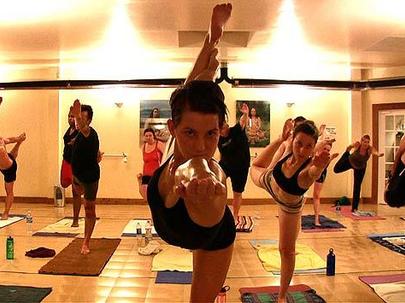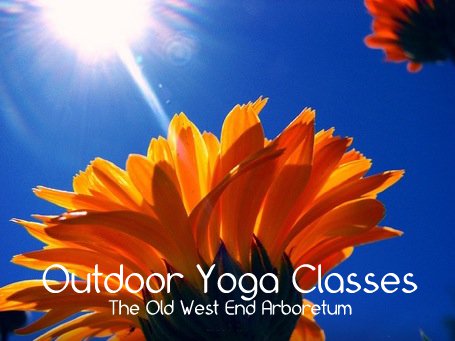
There is no denying that 2020 was a stressful year as the COVID-19 pandemic forced millions of people to face an unseen enemy. Political tensions and social unrest added to the upheaval of stay-at-home orders and business closures.
Out of the chaos, mindful meditation emerged as a powerful tool to combat stress and promote calm acceptance. This guide from Yoga Mike can help you uncover the benefits of adding meditation to your life, why that matters right now, and show you how to develop a practice of your own.
What To Expect From Basic Meditation
Contrary to what many believe, meditation is not rooted in mysticism or religion. It is simply allowing yourself to focus on the present moment and be fully aware of your presence in it. There is no right or wrong way to achieve a meditative state, but certain meditation practices tend to be more popular than others.Â
Mindful meditation is a popular form used in the western world, and it is widely researched for the numerous health benefits adherents experience. Per Mayo Clinic, a few of the benefits you can expect to see include:
- Healthier sleep habits
- Less painÂ
- Stronger immune response
- Reduced stress levels
- Improved symptoms of anxiety and depression
- Lower blood pressure
Why Those Benefits Matter Right Now
Pandemics are incredibly stressful events, and COVID-19 is no exception. The continued sense of uncertainty and pervasive fear within communities can take a serious toll. The pandemic has upended life for people worldwide, leading to an increased demand for mental health services. Unfortunately, the World Health Organization reports that most countries have seen their mental health services disrupted during this time when they are most needed. Preserving your well-being through self-coping strategies is imperative under the circumstances.
How To Make Meditation Part of Your Daily Life
One of the best ways to incorporate mindful meditation into your daily routine is to create a stress-free zone in your house where you can meditate without the craziness of life intruding. Start by decluttering your space. Disorganized rooms lead to increased stress and a lower sense of well-being. Donate or throw away the stuff you haven’t used in the past year at home; chances are you probably will not use it in the future.
Pick colors that speak to your personality when designing a space for meditation. Color psychology suggests blues and greens are calming, or perhaps you might want to choose a vibrant red for empowerment. These colors evoke nature, which has tremendous healing power. Welcome more nature into your home to harness it. Add a few houseplants, put a few drops of essential oil into a diffuser, and open up the windows to let some fresh air into your meditation room.
Try to carve time out to start each day with an inward focus. Use it to generate awareness of yourself, how you feel, and where you are right now. Incorporating some yoga into your routine can be as simple as stretching out in your space and following along with a useful app like Calm or Headspace.
Remember that habits don’t solidify overnight. It takes about two months, on average, to form a new habit in the real world, so be patient and persistent. Reflect on an uplifting thought and set a positive intention for the day. You may find it productive to put your efforts into motion. Certain forms of exercise, such as Tai Chi and yoga, have deep connections with meditative practices. They can also help build strength and increase flexibility, which may be sorely lacking after months of couch surfing.
Individuals are not powerless against increased stress levels and anxiety. Start by educating yourself about the SARS-CoV-2 virus and what you can do to reduce your chance of contracting it to regain a sense of control. Make the most of the tools and resources, like meditation, that are available by incorporating them into your daily routine.
Look to Yoga Mike for more information and inspiration to help you through the pandemic and beyond.



